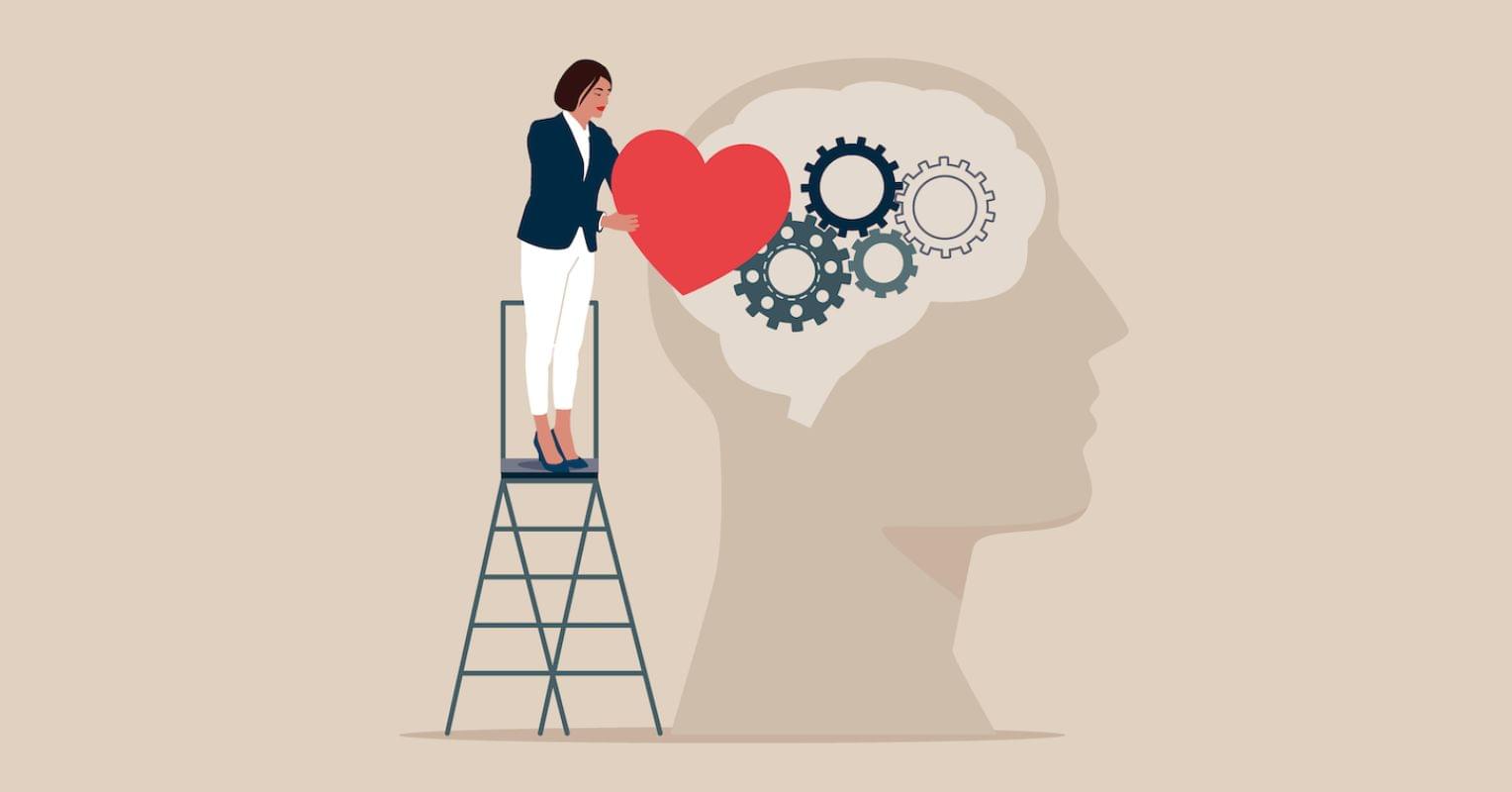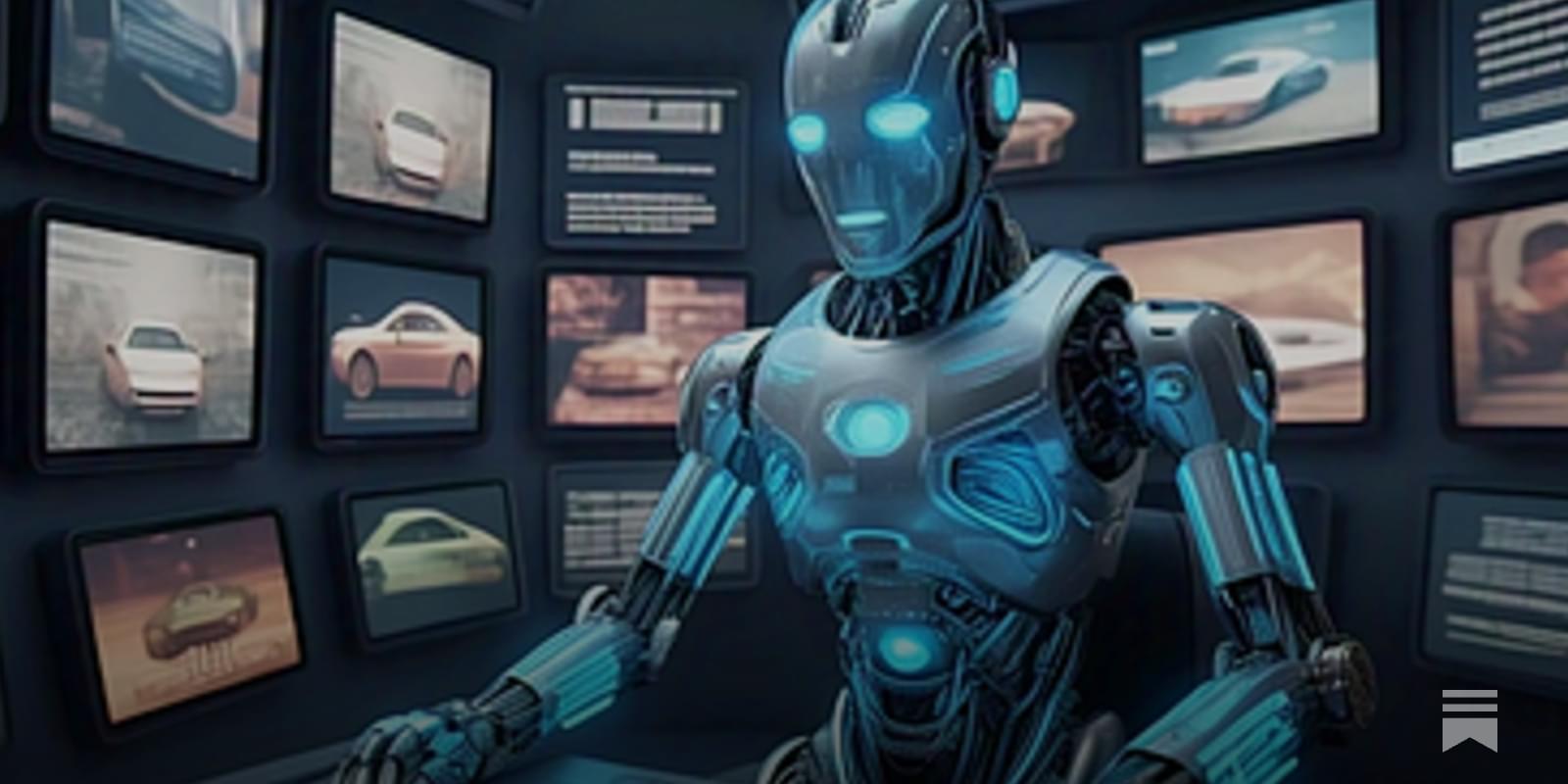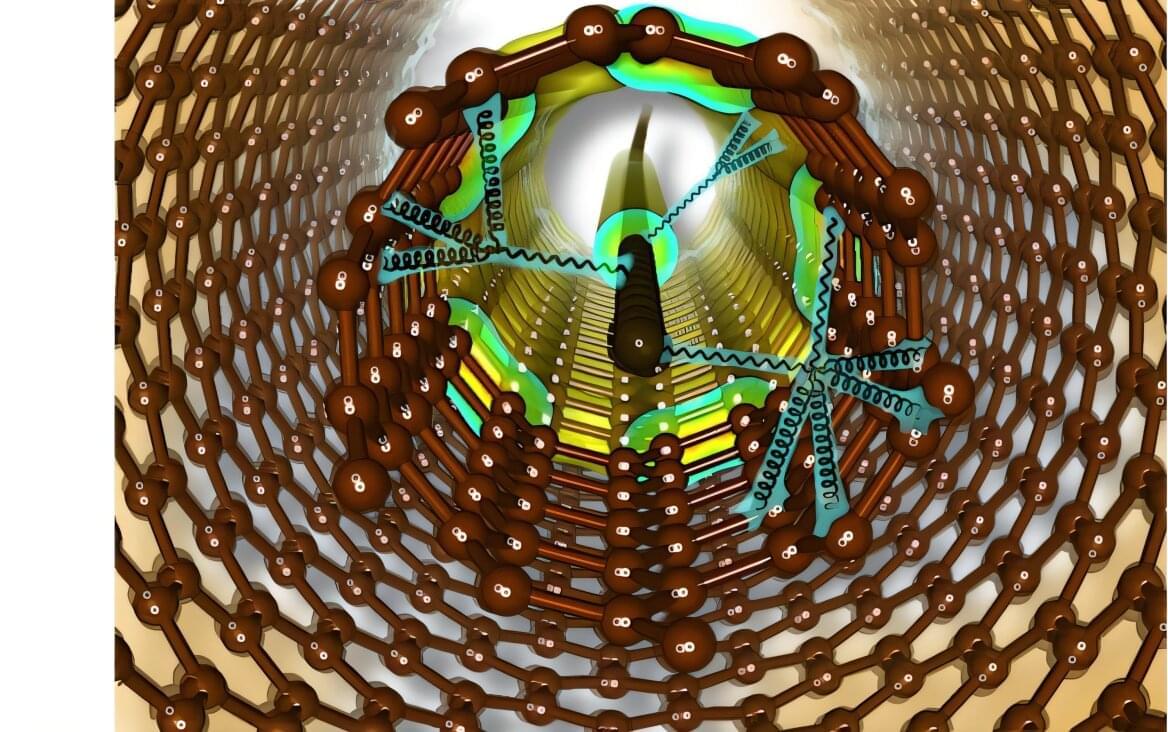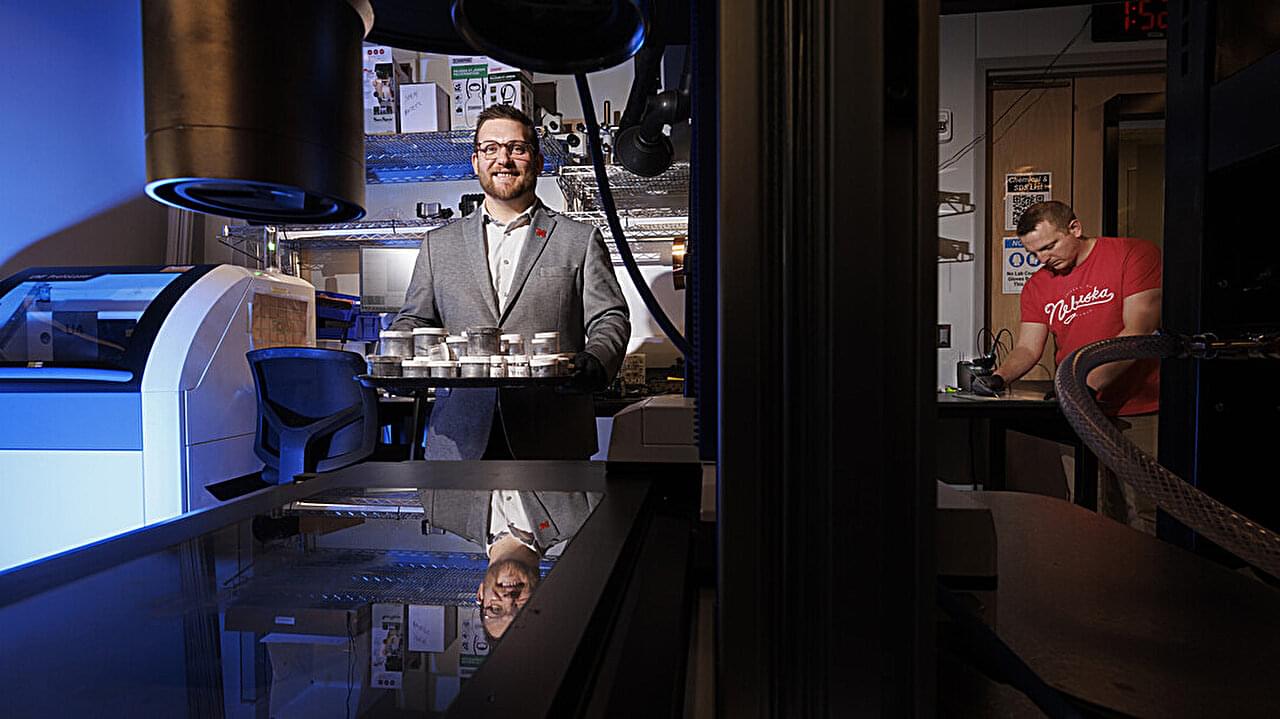We are currently facing the possibility of achieving immortality for humans by 2030. This prediction comes from renowned futurist Ray Kurzweil, who has a history of making accurate predictions. He anticipates that with the ongoing progress in genetics, robotics, and nanotechnology, we will soon have nanobots coursing through our bloodstream, which could enable us to live forever. It’s truly remarkable to consider that this could be a reality within just seven years.
Nanobots, which are small robots sized between 50–100 nm in width, are currently being used in various clinical medical applications. They are used in research as DNA probes, imaging materials for cells, and targeted delivery vehicles for cells. According to Kurzweil, nanobots represent the future of medicine.
They will be capable of repairing our bodies at a cellular level, making us resistant to diseases, aging, and, ultimately death. Additionally, he theorizes that humans may be able to transfer their consciousness into digital form, leading to immortality.






